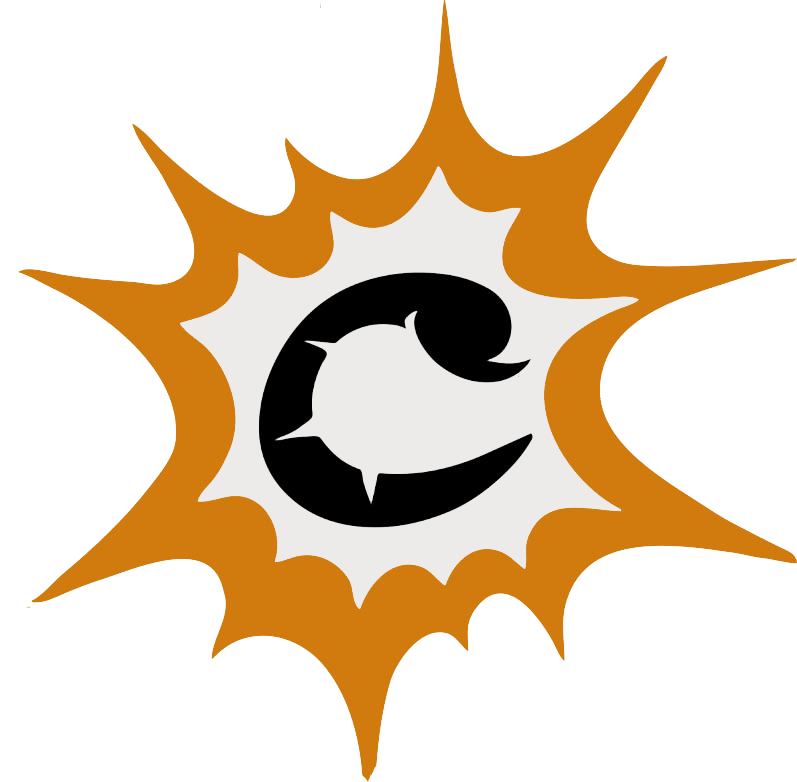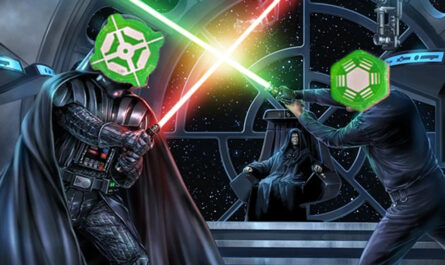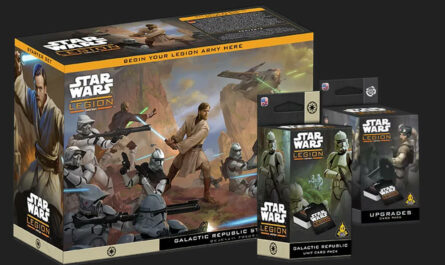You’ve chosen your faction and you can’t wait to start your first game of Star Wars Legion. But how do you get off to a good start? What are the most important things you need to know as a beginner? If you launch headlong into your first game, it will last for hours and the questions will fly in all directions.” What dice am I defending with? What does the keyword Indomitable mean? Which one is the dodge token again?”. After teaching the game to a few beginners, I spotted some common mistakes during their first games. So it was time to summarise several tips in this article to help you learn how to play Legion.
Preparing for the session
Create a simple army list
If you can, play with identical basic units and limit the number of extravagant units. Although it may seem tempting, don’t go for a ‘rainbow’ list where all the units are different. Each unit comes with its own keywords and abilities. The more units you have, the more you overload yourself mentally. A wargame is basically complex, so do yourself a favour and make your first few games as easy as possible.
| For the record, if you’re looking for an online tool for creating army lists, there are two available: LegionHQ Tabletop Admiral |
Play without upgrades
The same logic applies to equipment and upgrades. Ideally, you should start with units that have no equipment or upgrades whatsoever. Otherwise, I can assure you that you’ll spend your time going back and forth between your cards and the board non-stop. This will tire you out unnecessarily and slow down the game.
| Achtung! Some units require an upgrade to be playable. I’m thinking of snipers for example or to a lesser extent AT-RTs. |
Read the meaning of the key words in the CRB
Previously known as the Rules Reference Guide (RRG), the Core Rule Book (CRB) will become your bible. This digital booklet contains all the rules of the game in alphabetical order. Are you missing a mechanic? A key word you don’t understand? Make a habit of systematically reading every new keyword you come across. Since a character or upgrade card has a limited amount of space to explain a mechanic, the card inevitably omits subtleties that only the CRB will reveal.
Please note that this glossary is updated at least once a year. In the process, the game’s developers also adjust the cost of units and upgrades to (re)balance the meta if necessary. In other words, the unit value shown at the top left of your card is probably depreciated. To find out the current cost, use the army list creation tools or check the last updates on Atomic Mass Games’ website.
Find out about the particularities of your faction
This point is particularly valid for Republic and CIS factions. Did you know, for example, that your clone soldiers can spend the Aim, Dodge and Surge tokens of allied clone soldier units located at range 1 and in line of sight as if they belonged to them? That’s where the strength of this faction lies. Similarly, Droid Soldiers treat suppression, panic and ion tokens differently than other races. Find out more in the CRB.
Setting up a game
Ignore the battle deck
The battle deck is the pack of cards that defines the objectives of the game, the deployment zones and the conditions in which the battle will take place. It’s a mini-game that happens before the units are deployed. However for your first games, I advise you to skip this stage and play with the following cards:
- Deployment: Battle Lines
- Condition: Favorable conditions
- Objective: Any objective but a different one for each game.
Sort your tokens
To save time, divide your tokens into separate piles. Sort your dice by color. This will allow you to find the right token or die at a glance.
Visually mark your unit leaders
All the more important if you’re playing with unpainted miniatures. The unit leader is of vital importance for calculating ranges and other game effects. Personally, I paint my leader’s base in one colour and the rest of the unit in a second. Other players put a mark directly on the miniature. It doesn’t matter which option you choose. Don’t forget to tell your opponent what markings you use to identify your leaders at the start of the game.
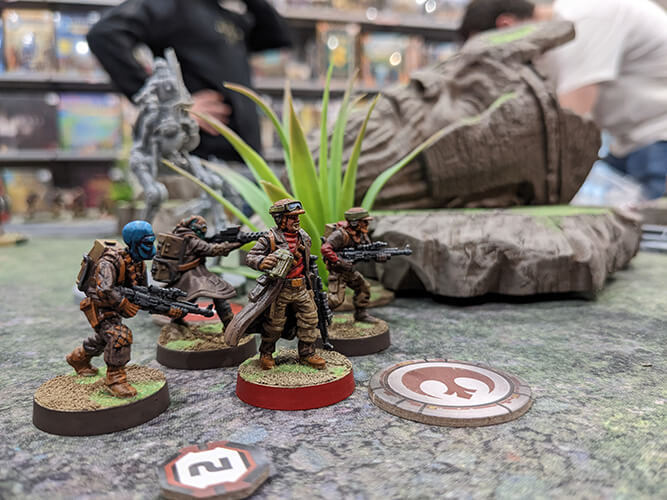
During the game
Play with generic command cards
“Rex’s command cards look great! ” Yes, but you don’t understand a quarter of the card yet, do you? Instead, opt for the generic command cards, which are easy to use:
- Ambush
- Push
- Assault
- Hold Position
These cards have been created for novices and can be found in the basic boxes or the Accessories Kit. They focus on the essential functionalities of the command cards, namely the value in points of light and the number of targets that can receive an order.
| During the command phase, you need to ask yourself two questions: Which units need a face-up order? Should I take the initiative this turn? The answer will help you decide whether or not to play a low-pip card. |
Use your first few games to learn the basics
For your first few games, your objective is not to win. No, it’s all about learning the basics. Concentrate solely on the various actions that make up the heart of the game:
- Moving
- Shooting
- Aiming
- Dodge
I assure you that moving correctly already requires a fair amount of experience (in fact, it’s worth an article in its own right). As for the other actions, such as Standby or special actions, leave them aside for the moment. You can incorporate them into your strategy later once you’ve learned the basics. In short, it’s like teaching a child. First you learn him to walk then to fly !
Incorporate suppresion into your first games
Even if the manual doesn’t recommend it for beginners, suppression is a key mechanic in Star Wars Legion. Ignoring it would be like learning to ride a bike without the front wheel.

Suppression also means rallying. At the start of a unit’s activation, it must first rally if it has one or more suppression counters. To do this, the player rolls as many white dice as there are suppression counters on the activated unit. For each blank result, you remove a suppression counter.
| The Rally step is often forgotten. But it is important, because a unit overwhelmed by suppression tokens will lose an action or, in extreme cases, all its actions! Suppression is therefore tactically important. |
The final word
Now you’re ready to tackle your first game of Star Wars Legion! Once you feel comfortable to battle with other players, join your country’s Discord group. You’ll be able to find players in your region and keep up to date with future tournaments.
See you in space, cowboy!
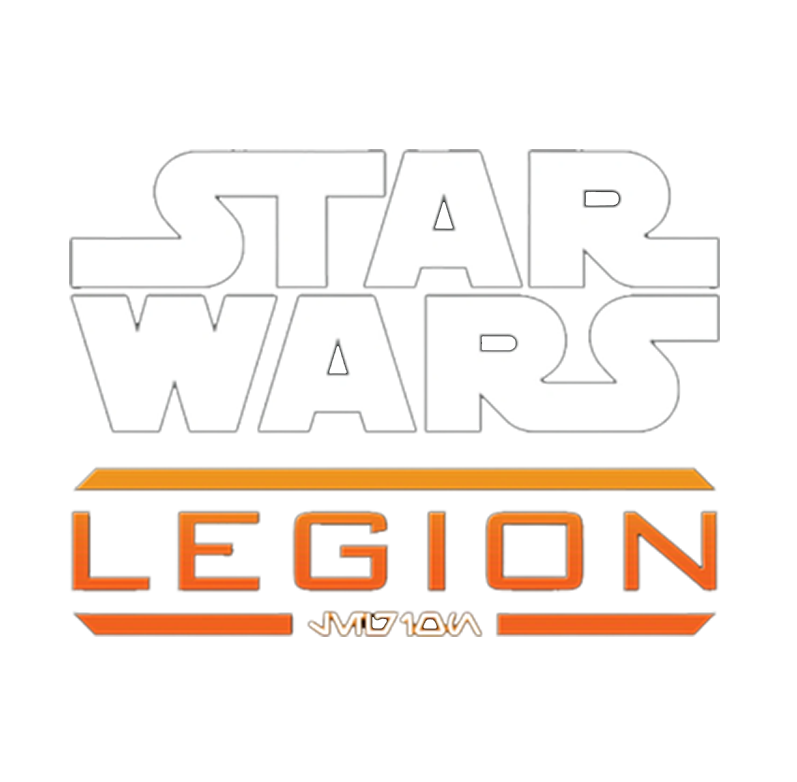
Find Star Wars: Legion players
Join your country’s SWL Discord community and connect with players nearby.
